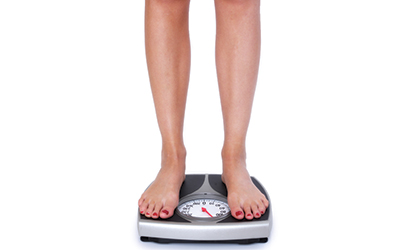Your waist-to-hip ratio (WHR) is a quick, inexpensive measure of abdominal fat. It gives you a good sense of your current risk of insulin resistance and future risk of type 2 diabetes and cardiovascular disease.
Excess abdominal fat is troublesome because it’s hormonally active, proinflammatory, and a key factor in metabolic syndrome, a collection of conditions including increased blood pressure, blood-sugar imbalances, and abnormal cholesterol levels.
Metabolic syndrome is also associated with an increased risk for many inflammatory diseases, including Alzheimer’s disease and some cancers.
1. Measure Your Body
- Stand relaxed with feet close together.
- Measure your waist by wrapping a tape measure around yourself at the height of your belly button (or, for lean people, at the smallest point of the waist).
- Measure your hips at their widest point, generally right below your pelvic bones and around your butt.
- Calculate your WHR with the following formula: waist____ / hip____ = _____ (WHR)
2. Assess Your Results
- A WHR of more than 0.8 for a woman or 0.9 for a man signals that you may have too much belly fat.
3. Take Action
- Concerned? See a health practitioner for a thorough assessment of your risk factors. Lifestyle changes (nutrition, activity, sleep, and stress management) are among the most effective ways to improve WHR and reduce your health risks.




This Post Has 0 Comments